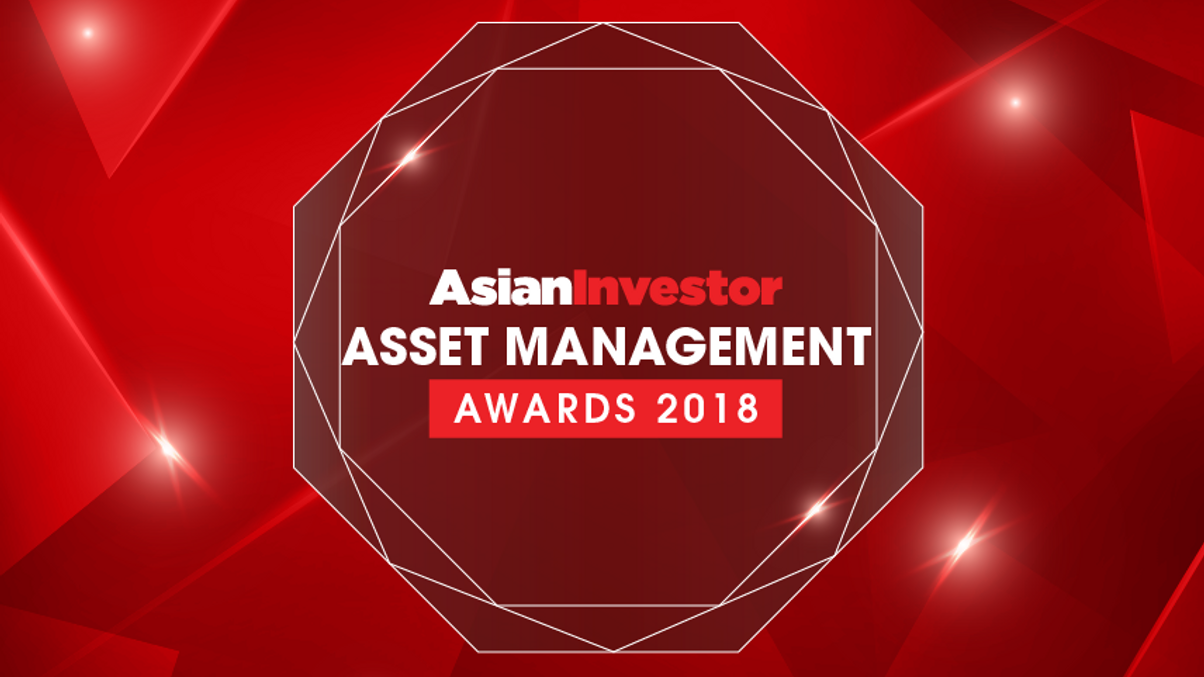AsianInvestor’s top marquee award winners
We reveal the reasons for choosing most of our marquee award winners, including top private bank, best institutional solutions provider and best alternatives house.

Every year, AsianInvestor's editorial team conduct an intensive analysis of the region's leading asset management service providers, fund products, and asset managers, to ascertain the top organisations of the previous 12 months.
Sign in to read on!
Registered users get 2 free articles in 30 days.
Subscribers have full unlimited access to AsianInvestor
Not signed up? New users get 2 free articles per month, plus a 7-day unlimited free trial.
¬ Haymarket Media Limited. All rights reserved.


